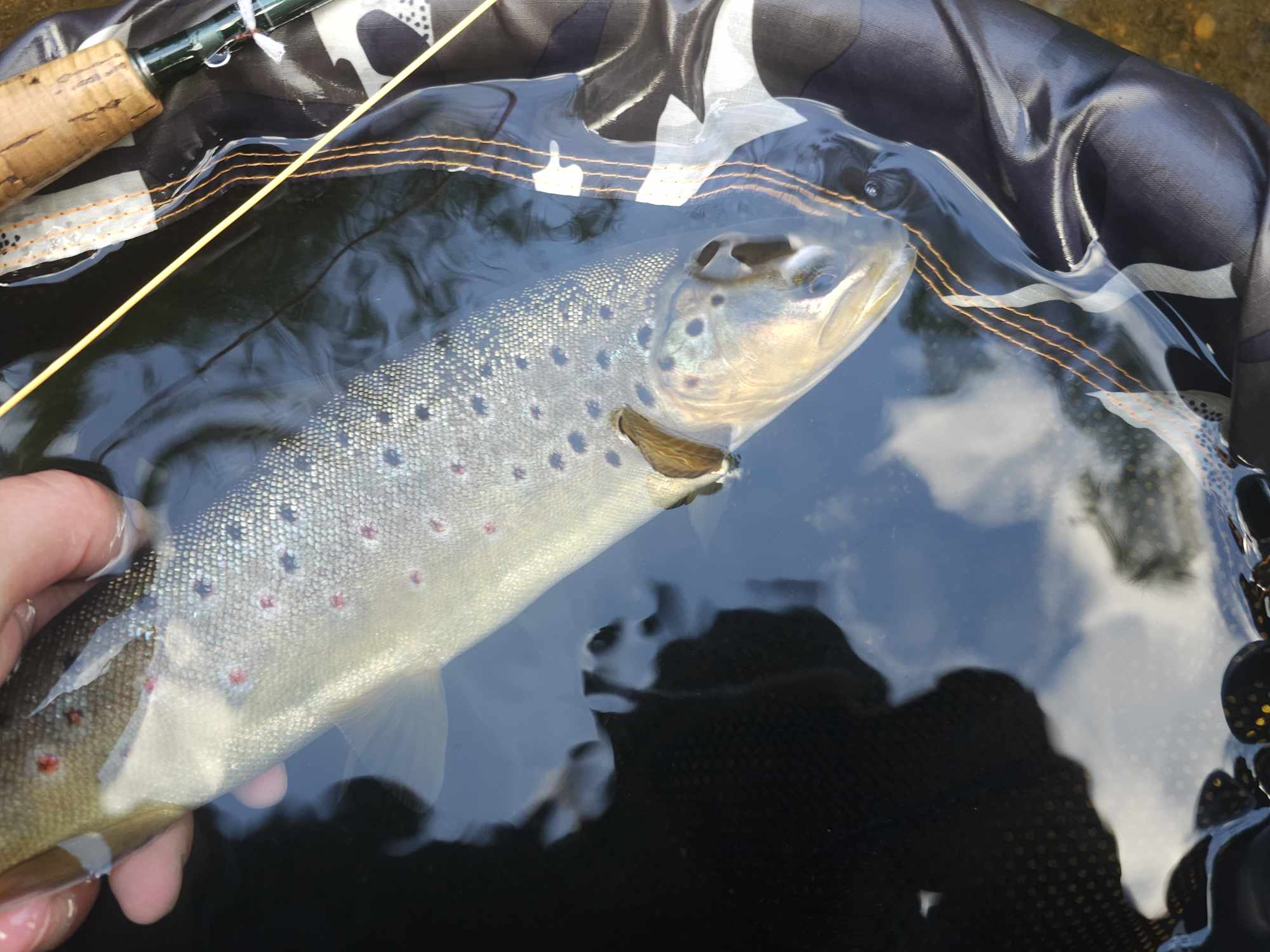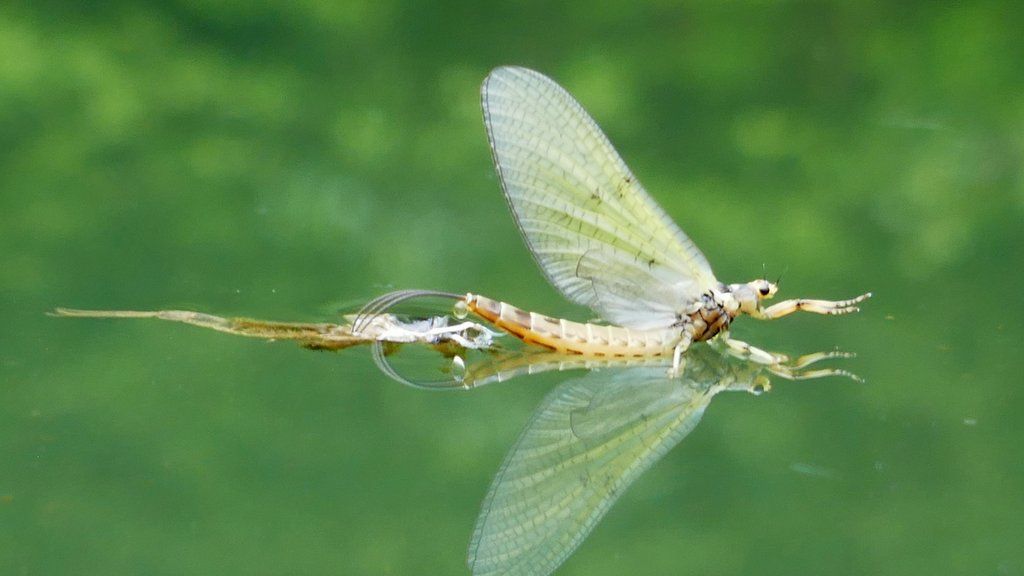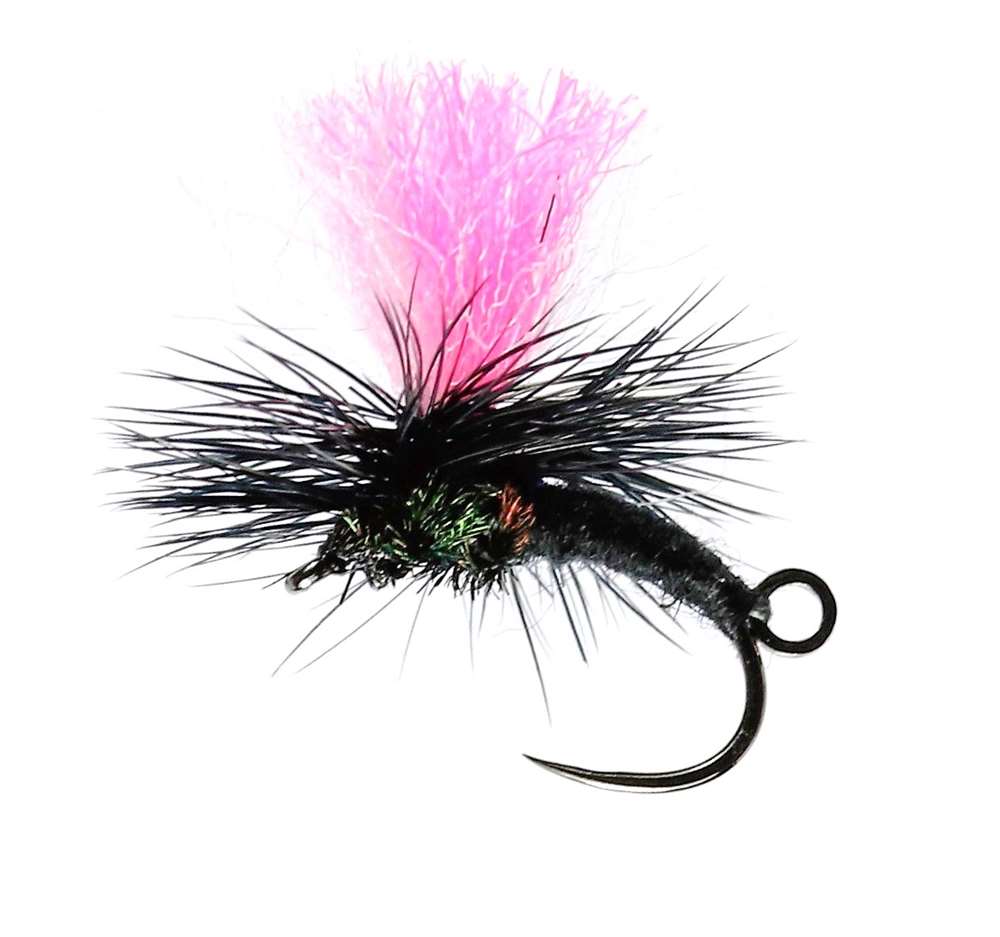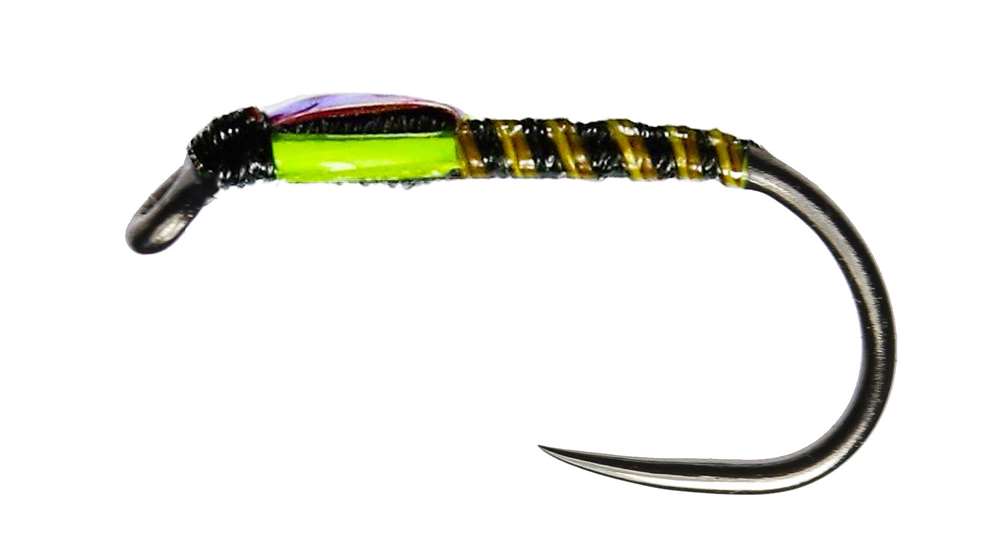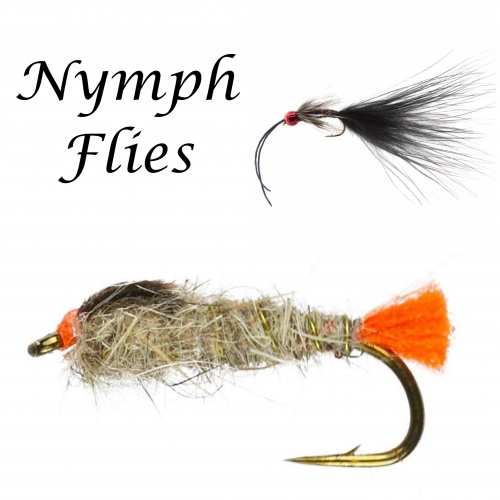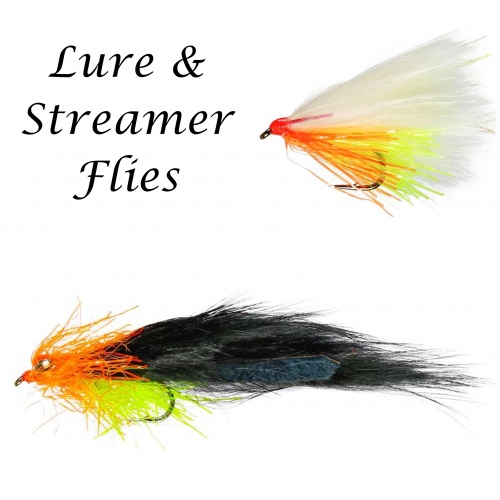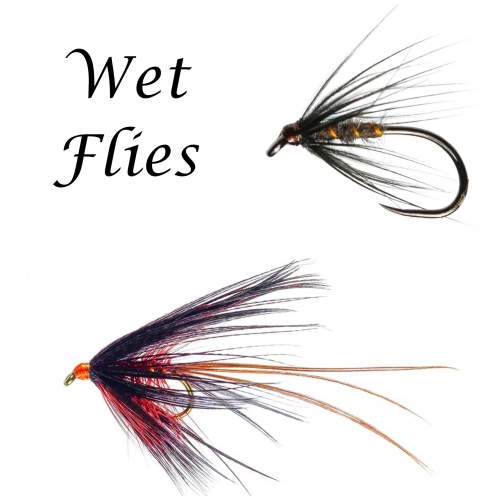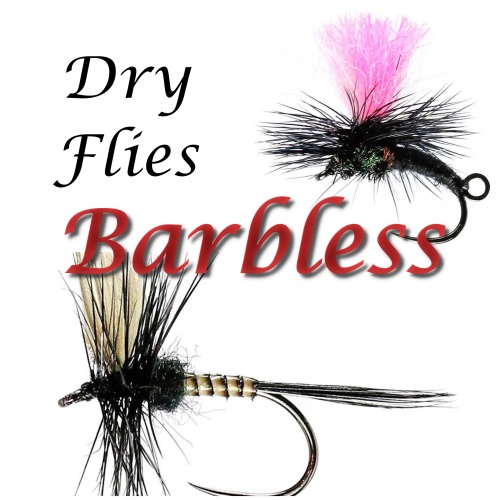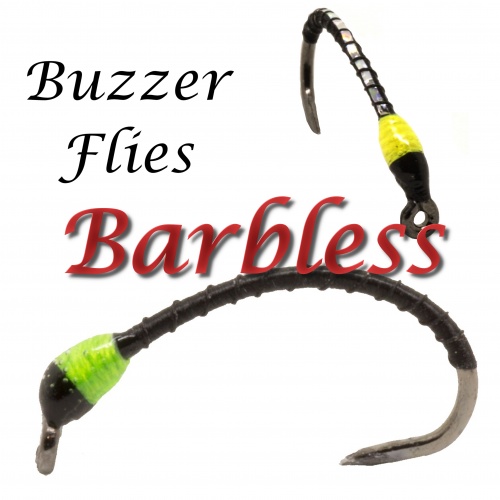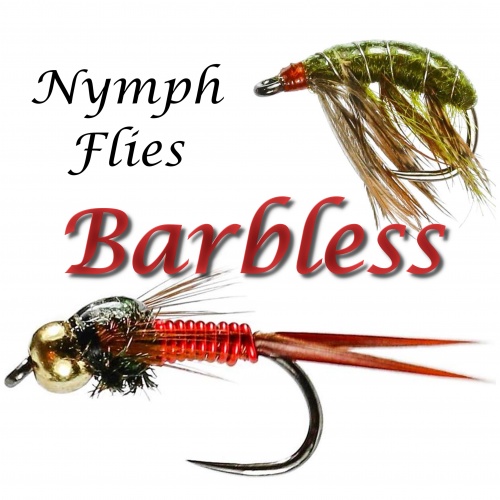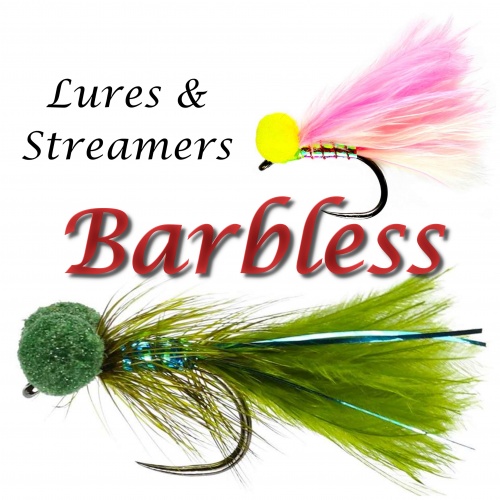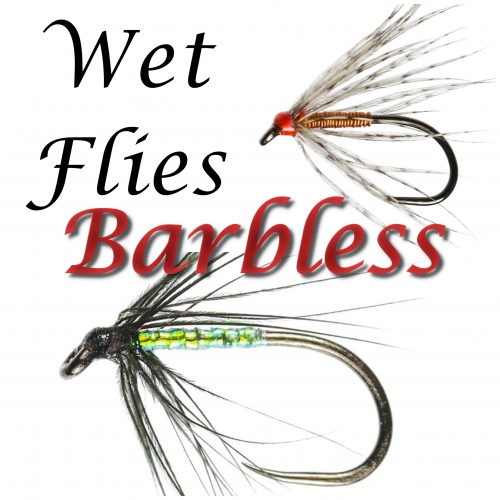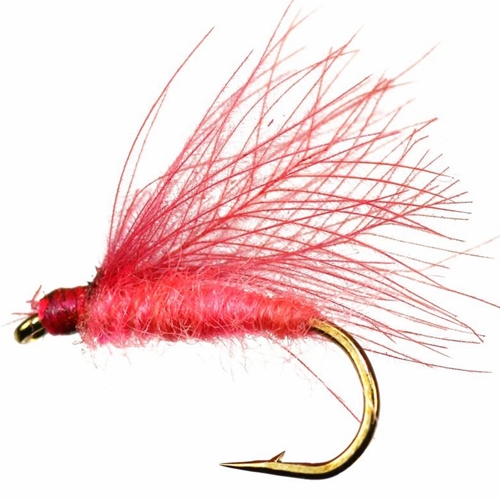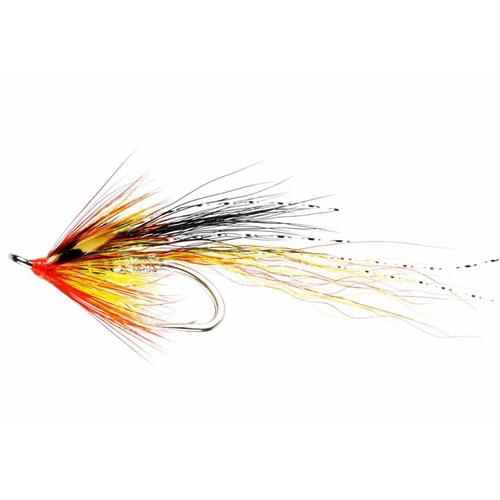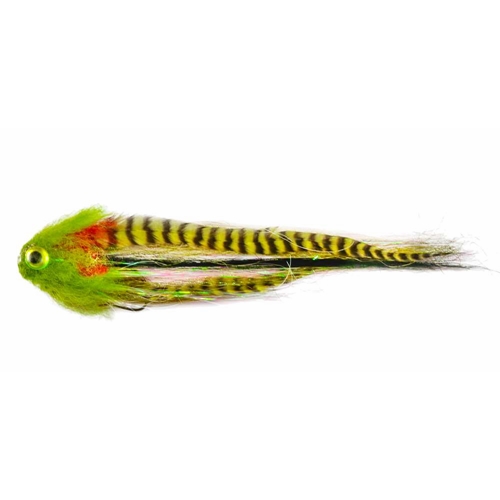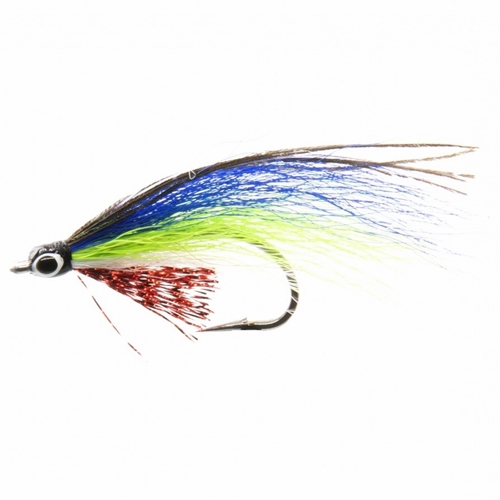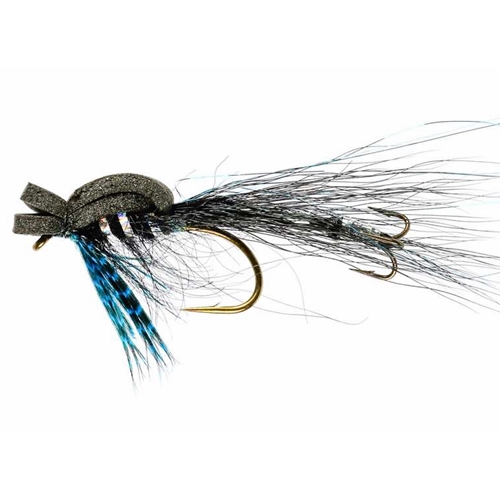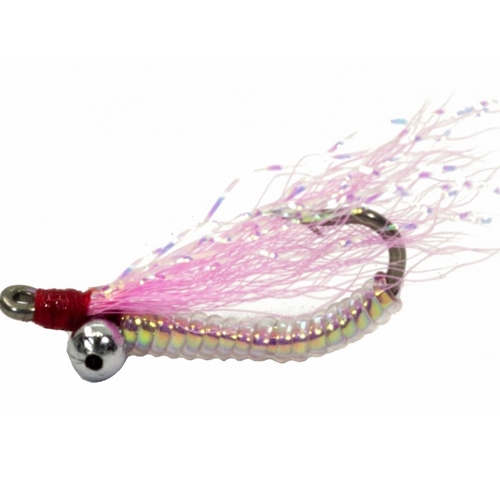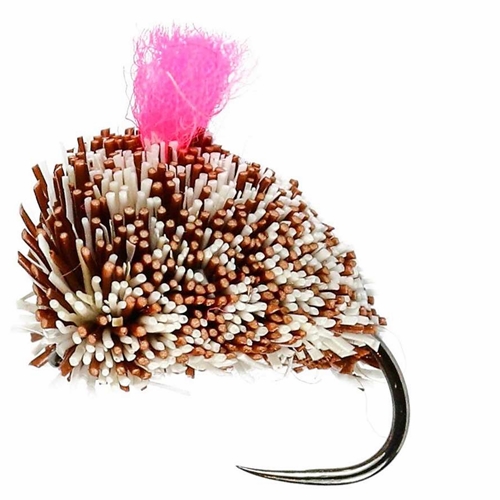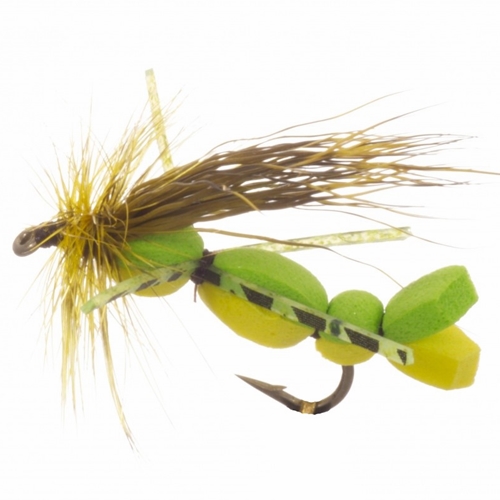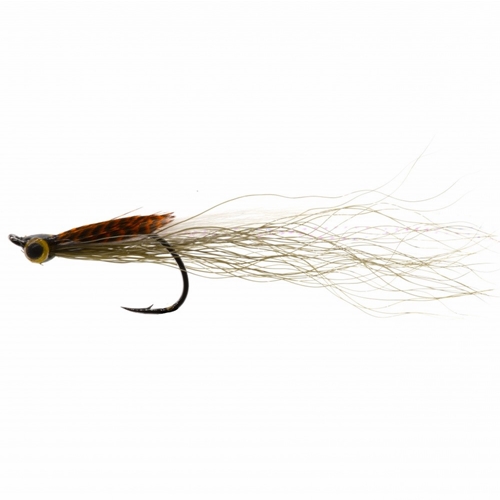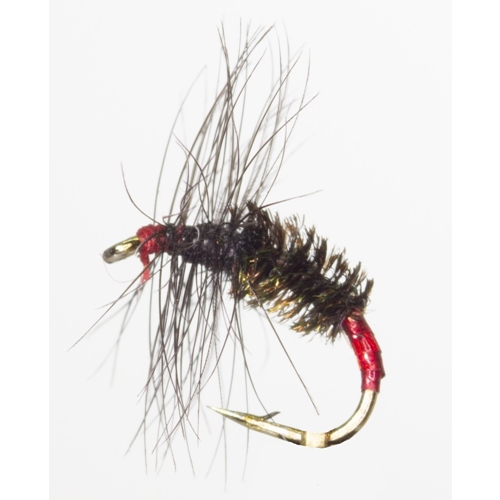For anglers who are new to river fishing or transitioning from stillwater to river fishing. It can be quite daunting to know what flies you need and when to use them! Over the past few years I’ve made some slight changes to how many flies I carry in my box. At the end of a past season I looked at my fly box and realised I hadn’t used almost half of the flies in there! So now, my box often just a hand full of flies in different sizes and colours.
Trout Dry Flies
I recently had a red letter evening on my local river. I arrived at the river and it just felt right! I always stand and observe what is happening before I make a cast. It can often give you the answers you need to fool a fish! Weather that be you spotting what the fish is taking or the fish rises and gives away its spot! I tackle up with my trusty 10ft 4wt, my go too rod for river fishing. I have a 12ft tapered leader and with us being mid season and the rivers being on the low side, I added a couple of extra feet of tippet to the end of my tapered leader.
Trout are currently going bonkers for this fly! The perfect dubbing to tie it too!
There’s a small olive coloured upwing species that despite its tiny size, causes quite a stir with trout on warm summer evenings. We’re talking about the Blue Winged Olive BWO) On rivers and streams across the UK this wee fly is causing quite a stir with trout lining up to grab this in demand meal!
The mayfly period might well be referred to as ‘Duffer’s Fortnight’ when apparently all the trout in our waters throw caution to the wind and feed greedily on mayflies. However there are periods when trout become bewilderingly tricky. This usually occurs in the early days when fish that have previously been eating tiny morsels such as midges and black gnats feel a little intimidated, or outfaced by the sheer size of adult mayflies. That said, once trout get a taste for mayflies they really do ‘lock on’
August is a prime month for Heather Flies, which are a close relation of the Hawthorn Fly we see in April. We can instantly identify heather flies by the orange, trailing hind legs. They’re what we refer to as a ‘terrestrial’ which means they actually emerge on land. Winged adults now are easily blown onto water when a breeze picks up. Upland areas are considered a hotbed for heather flies though they do appear at lower elevations too.
A common fly that appears in our gardens and homes towards the backend, Daddy Long Legs (Craneflies) really need no introduction here, as they’re instantly recognizable by those six gangly legs. Gardeners know they larvae stage of daddies as leatherjacket, which are considered a pest as they eat the roots of various plants and vegetables. These larvae eventually pupate and what emerges from the soil is an adult cranefly, which makes them a terrestrial. Craneflies can be found far and wide, especially in undisturbed areas like bracken clad fells.
Originally labeled the “Bristol Hopper” what we now know as the ‘Hopper’ was developed in the Bristol area on reservoirs like Chew Valley some years ago now. The original I believe was the Amber Hopper though theses days this dressing has been used as a blue print for all the hoppers we see today.
There’s a small olive coloured upwing species that despite its tiny size, causes quite a stir with trout on warm summer evenings. We’re talking about the Blue-winged olive (BWO). On rivers and streams across the UK this wee fly will have trout queuing up as the light fades.
